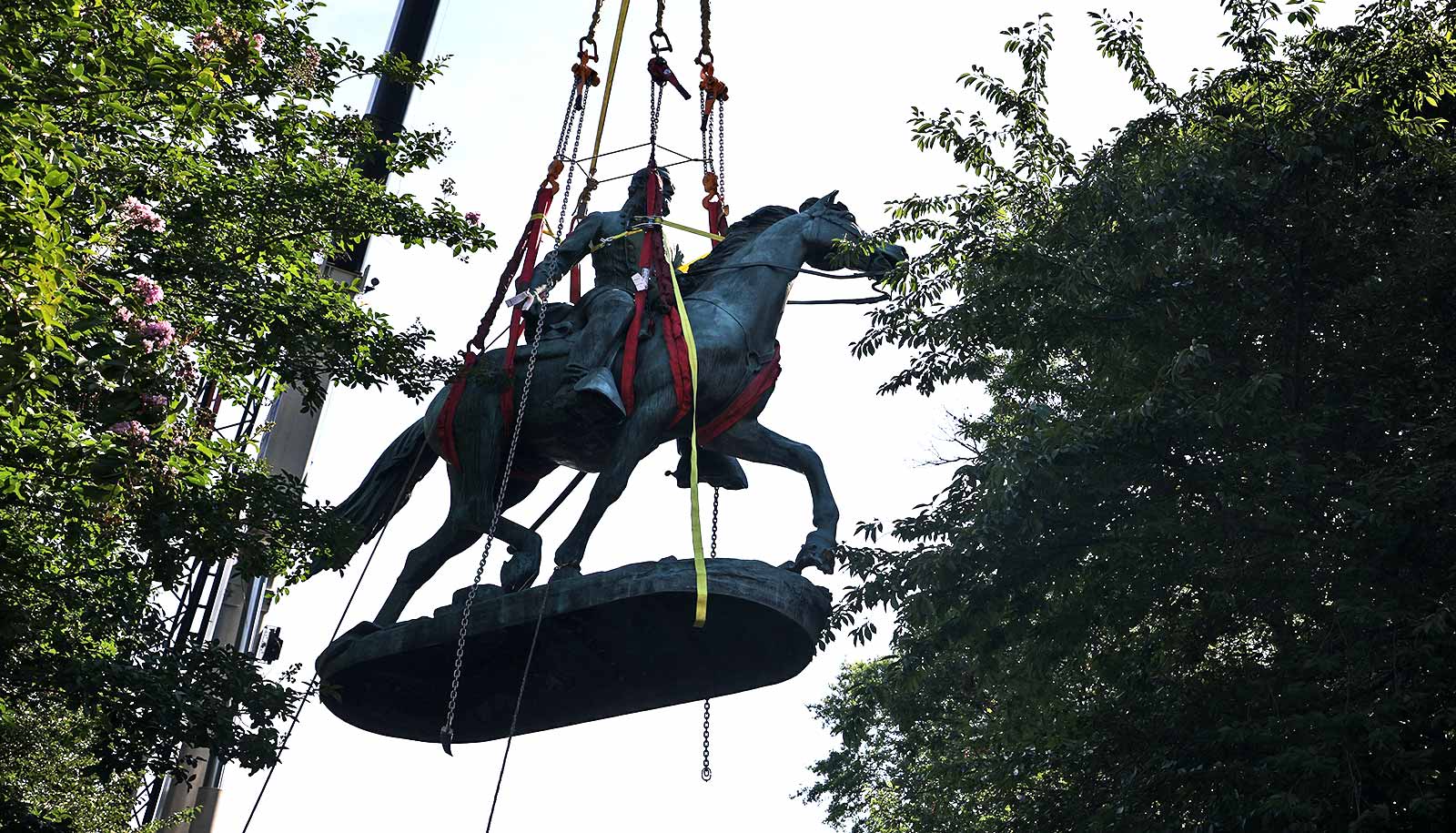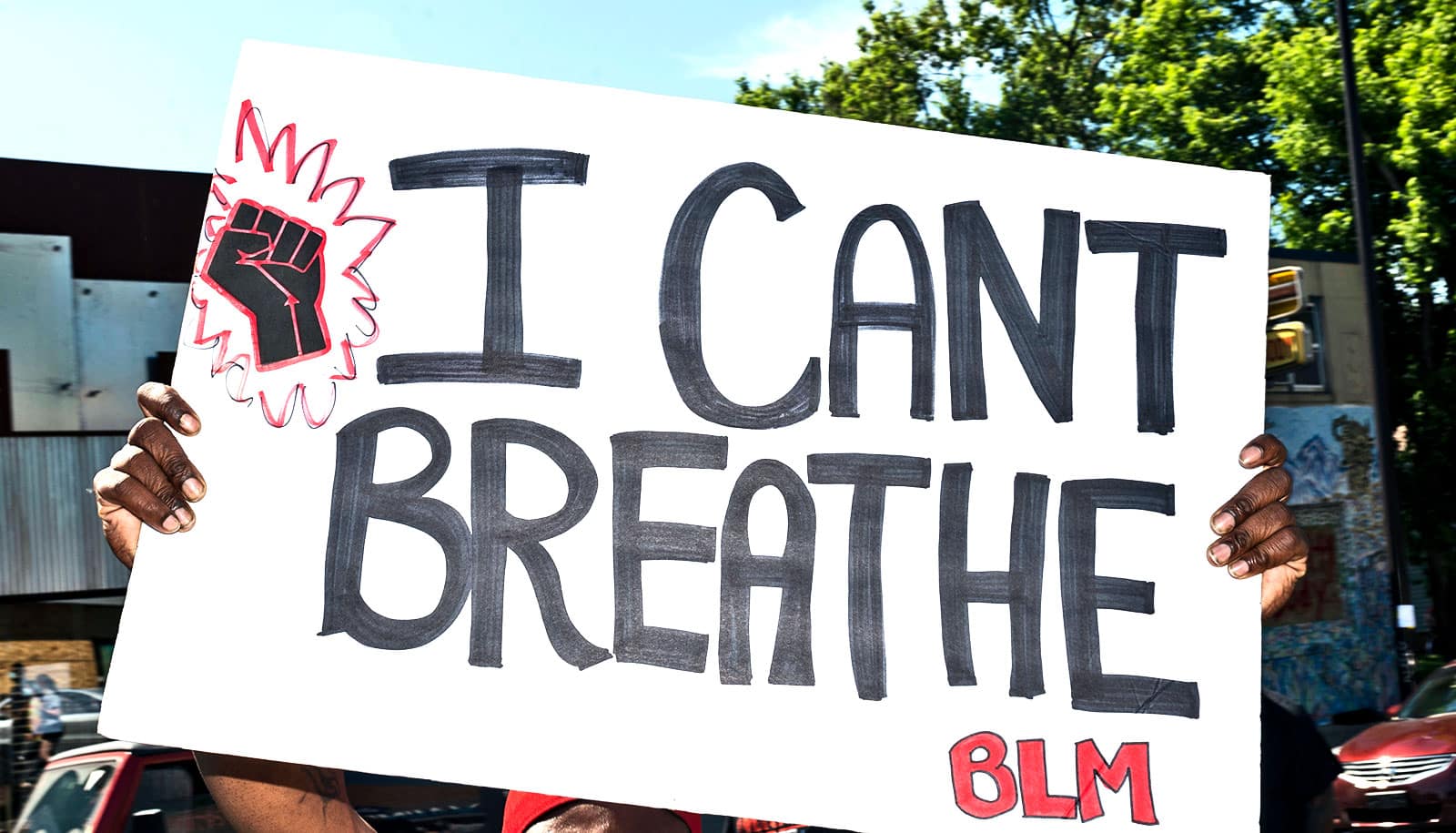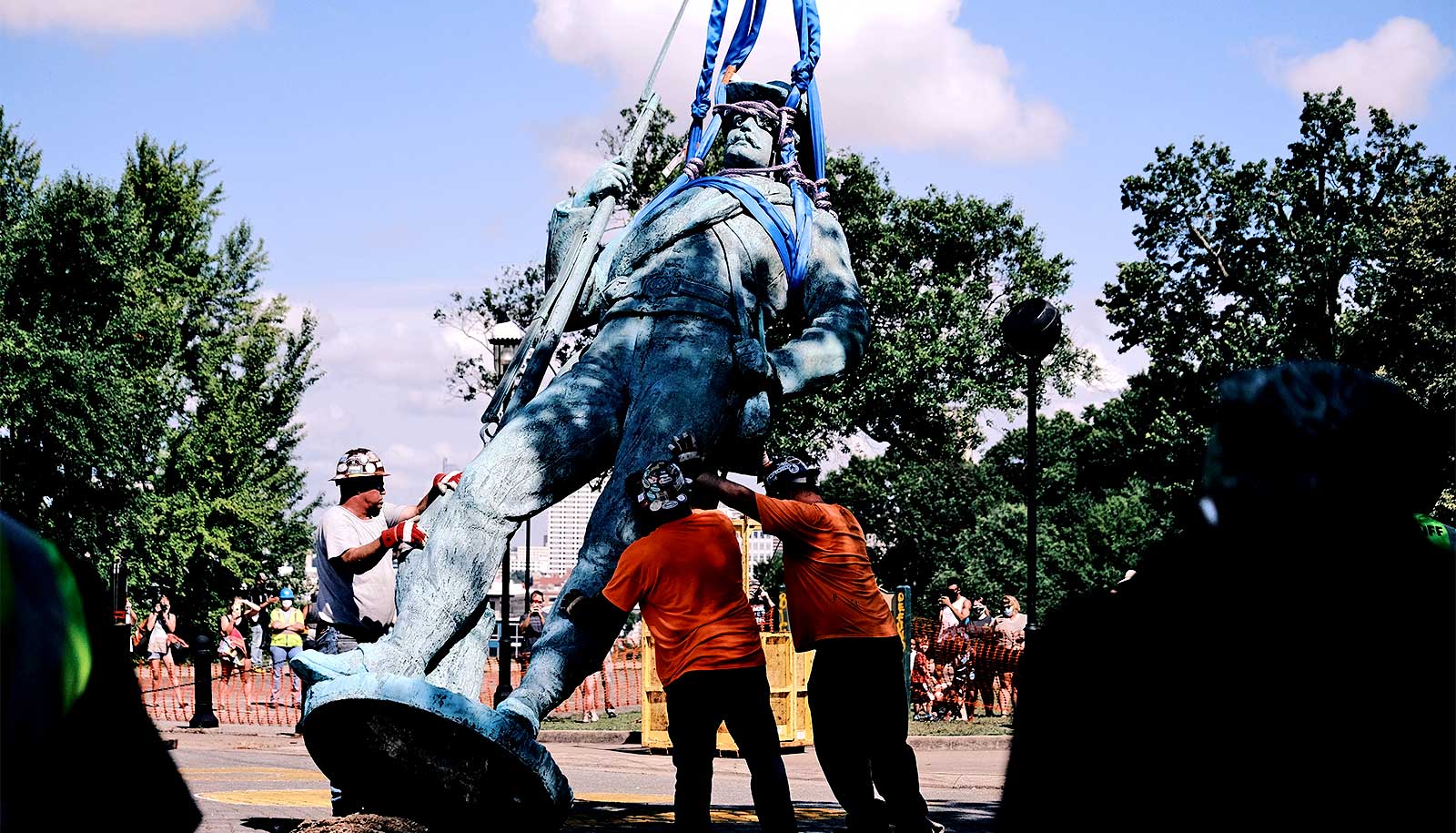If history is written by the victors, then post-Civil War America is a rare exception to the rule, argues Chara Bohan.
Last year, Bohan and her collaborators, including doctoral fellow Wade Morris, analyzed history textbooks published in the decades after Reconstruction and found the “Lost Cause narrative,” which advocates a heroic view of the Confederacy, not only predominated in Southern classrooms but crept into history textbooks used across the North as well.
By the 1930s, the so-called “mint julep” portrayals of figures including John Brown, John Wilkes Booth, and Nathan Bedford Forrest had become the national consensus.
This recasting of history carries on today, says Bohan, professor of educational policy studies in the College of Education and Human Development at Georgia State University, as publishing companies continue to print different versions of history books to comply with the priorities and educational standards of various states.
Here, Bohan explains her research and the lingering implications of Americans’ miseducation:
How did these “mint julep” history books come about?
After the Civil War, from the 1870s through the 1910s, public schooling became more widespread in the South, and Confederate sympathizers wanted to ensure that their children received an “appropriate” education on Southern history and culture. To that end, Southern states developed statewide adoption policies for textbooks. This allowed the state textbook committees to control content by demanding changes or threatening to cancel book contracts unless the publishers acquiesced. Today, most of the states with statewide textbook adoption policies are still in the South.
To keep their business, Northern publishers began adapting history books to appease Southerners, essentially publishing a separate version of Civil War history for those states. These editions reinforced a Lost Cause narrative for Southern audiences. For example, they depicted enslaved people as happy and content. Officials even counted the textbook lines to make sure authors had mentioned Jefferson Davis or Robert E. Lee as many times as Abraham Lincoln or Ulysses S. Grant.
What our research shows is that as time progressed, increasingly the Southern version of events began infiltrating Northern textbooks as well. As the Southern and Northern narratives merged, Southerners really influenced how and what Americans learned about the Civil War no matter where they lived.
The North won the war, but the South still got to write the history?
The South certainly won the textbook war, although it happened gradually.
Can you give an example of how the Southern perspective seeped into Northern textbooks?
One example is how the books depict Abraham Lincoln’s assassination by John Wilkes Booth in 1865. In the 1890s, “mint julep” textbooks either ignored the assassination or distanced Southerners from Booth’s actions by deemphasizing his accomplices. Meanwhile, Northern authors linked Booth to a broader conspiracy plot, thus implicating many Southerners in Lincoln’s murder. By the 1930s, though, Northern authors had begun mimicking their Southern counterparts, ignoring the conspiracy and focusing more on Booth’s mental state, dismissing him as an insane actor.
How did you get interested in studying these texts?
I’ve always found old textbooks interesting because they themselves become artifacts of the time period. You can’t escape the context of the times when you’re talking about history. In 2012, I edited a book called Histories of Social Studies and Race: 1865-2000 and I was amazed at how racist these history books appear to modern sensibilities.
Textbooks also have dominated education for more than hundred years, providing a road map for the school curriculum. So they have a tremendous influence on what Americans learn and as a result, they’ve been heavily policed by interest groups from all sides.
For so long, history has also been told from an almost exclusively white perspective. What are some of the factors that have contributed to that one-sided lens?
The whitewashing of history is pervasive, although there have always been Black scholars, even during the period following Reconstruction, who have challenged these narratives. But they have typically been discounted as minority opinions. You also have to remember that before the Civil War, there were laws banning the teaching of literacy to enslaved individuals, and after the war ended there was a real struggle to create schools for African Americans. As a result, there are fewer primary sources from that era that center on Black voices. There are many groups left out of the story and many of those same groups weren’t educated, which made it harder for them to get their stories told. Now we have a multiracial coalition of people who are recognizing how much we have never learned.
You’ve also looked at how history textbooks affect the way people view Confederate monuments.
You have two sides that have two different understandings of history and of the world. People latch onto histories, like the narrative of American exceptionalism, yet slavery and the fight to preserve slavery is a deeply shameful part of our past. For decades, white Southerners studied a version of the Civil War that all but ignored the experiences of the enslaved and glorified the actions of Confederate leaders. These are deeply held beliefs that transcend generations and changing minds will not be easy.
How does the whitewashing of history affect students of color?
There’s a book by Terrie Epstein called Interpreting National History about what happens when students’ racial identities rub up against their teachers’ pedagogies. What she found is that white students tend to trust this grand narrative of American exceptionalism that they’re being taught. Meanwhile, Black students tend to be more skeptical of these lessons, because they’ve had family stories passed down to them that counter what is being presented in the classroom. Epstein also found that teachers often shut down students who push to interrogate issues of racism or racial violence.
For Black students, there can be emotional harm if they can’t trust what they’re being taught, and yet these inaccurate perspectives are being perpetuated while their own stories are left out. For example, many history books don’t acknowledge things like African cultural retention—the traditions and customs that we think of as “American” but that were actually brought from Africa by enslaved people.
What’s the best way to do get to a place where all students can trust what’s being taught?
One way is to go to primary sources and really search to find different voices and perspectives. I’m working on a new book, Teaching Enslavement in American History, which I coauthored with Georgia State historian Robert Baker and LeGarrett King at the University of Missouri, and we were purposeful about incorporating Black voices and Black agency.
Do educators need to reconsider how they’re teaching history?
Most teachers in America are white and female, yet most cities have majority-minority student populations, so we need teachers to understand the complexities involved in teaching history and question their own assumptions. Remember that teachers grew up learning these things, too, and not just in the South, as our research shows.
In 2016 and 2018, you received a grant from the National Endowment for the Humanities to fund a summer program for US history teachers to discuss slavery and equality as constitutional issues. How important is continuing education for teachers?
As a teacher, you have to keep educating yourself because the historical evidence changes. For example, when I started teaching in 1990, experts didn’t know the precise location of the Jamestown settlement. Eventually the brick outlines of the buildings’ foundations were discovered, and now they’ve learned more about how people lived in that first permanent settlement in North America that was run by the British. I phrase it that way because there were other permanent settlements that predated Jamestown, but we don’t talk about those because they were run by the Spanish. In the US, the British narrative tends to dominate. Why? Because the British defeated France and Spain prior to the American Revolution. The winners write the history. That’s why I’m so fascinated by the idea of Southern textbooks—it’s such a flip of the typical story.
Source: Georgia State University



